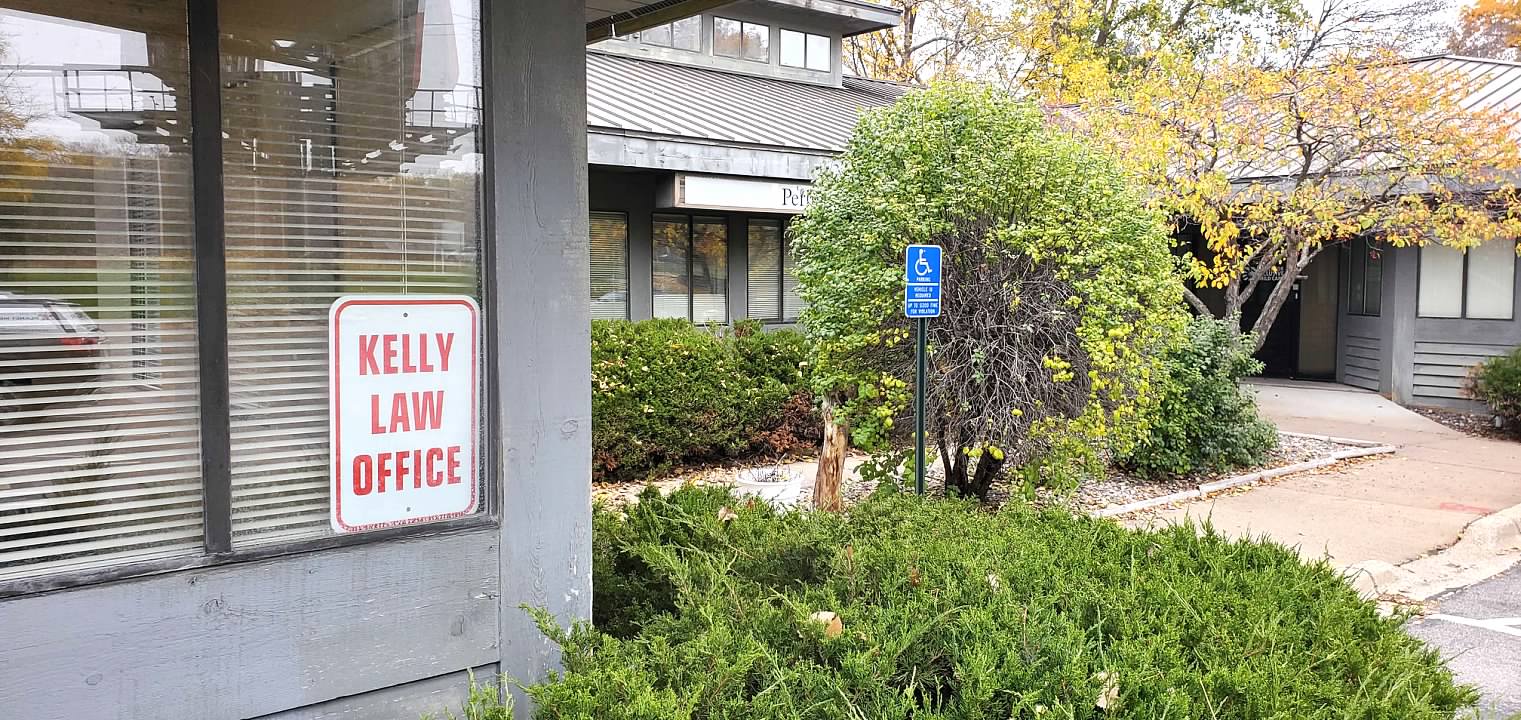At the outset let me say that this post is about the practices that I encounter here in Minnesota, mostly for cases right here in the Twin Cities. If you are from somewhere else, please consult an attorney in your own jurisdiction. Even though bankruptcy is based on federal law and should be about the same everywhere in the country, there are in fact tremendous variations from one locale to another.
Usually the only hearing there is in a Chapter 7 or Chapter 13 bankruptcy is a little proceeding they call the “Meeting of Creditors.” Sometimes it’s also called the “341” or “341 Meeting,” after the section of the bankruptcy code that sets up the hearing process. In this post when I say “hearing,” I mean this meeting of creditors.
This week I have had a hearing nearly every day, except for Friday when I had two. It is usually simple and short, possibly just five minutes, if the lawyer and the clients are properly prepared. But there’s nothing that can delay it worse or mess it up more than not coming to the hearing with all the required documents.
For most of these the required doucments fall into four categories, sometimes five. Here they are:
1. Driver’s license or goverment photo ID for each debtor.
2. Social security card. It’s surprising how many people can’t find this or have lost it a long time ago. If you absolutely can’t find your card, there are some substitutes that are acceptable. In general you can use anything that you have that has your social security number on it, AS LONG AS IT WAS CREATED BY A THIRD PARTY.
So a pay stub would work, since that is created by your employer. So would a W-2. Trouble is that most pay stubs don’t have the social security number on them anymore. It’s getting harder and harder to find a document that has it. Health insurance cards used to have them, but now most don’t. In this day of identity theft, the items that have a social security number on them are disappearing. About the only thing that I can use reliably is a W-2 or 1099. I usully can’t use a tax return, because that’s considered a self generated document – it’s not from a third party.
3. Most recent paystub from employment for each debtor. That is the pay stub that is most recent as of the date of the hearing, not the most recent stub from before the date of filing. The handout from the court which I have posted on my site says to bring “evidence of current income,” but I’ve never seen a trustee ask for anything other than a pay stub. I’ve never seen a person who gets a pension or unemployment be asked to produce evidence of that at the hearing. My experience also is that self-employed people don’t have to produce anything in this category – not at the hearing at least.
4. Bank statements for all open accounts which show what the balance was on the day the case was filed. If the account is open, you have to produce a statement for it. However, unlike the pay stub, this is not necessarily the most recent statement as of the date of the hearing. Usually the statement that comes in the mail at the beginning of the month following the filing of the case will do the trick. You have to be sure, however, that the date of filing is covered in the period included in the statement. In cases where my clients are unable to get a statment that came in the mail, I tell them to go on line or actually go to the bank and get a statement that includes about two weeks before the date of filing and two weeks after that date. Some of the trustees like to snoop through these statements, and I’m concerned that they would be disappointed if we just came in with one page that gave the balance on date of filing.
5. Additional information if the trustee requests it. The above four items or categories of items are all that’s required for more than 90% of the cases I handle. However, every now and then there will be a case where the trustee sends us a letter asking for more information. This could be almost anything, but the rule I follow is that if the trustee wants it, I tell my clients that we better provide it. Often these letters ask that the material be emailed to the trustee several days before the hearing.





